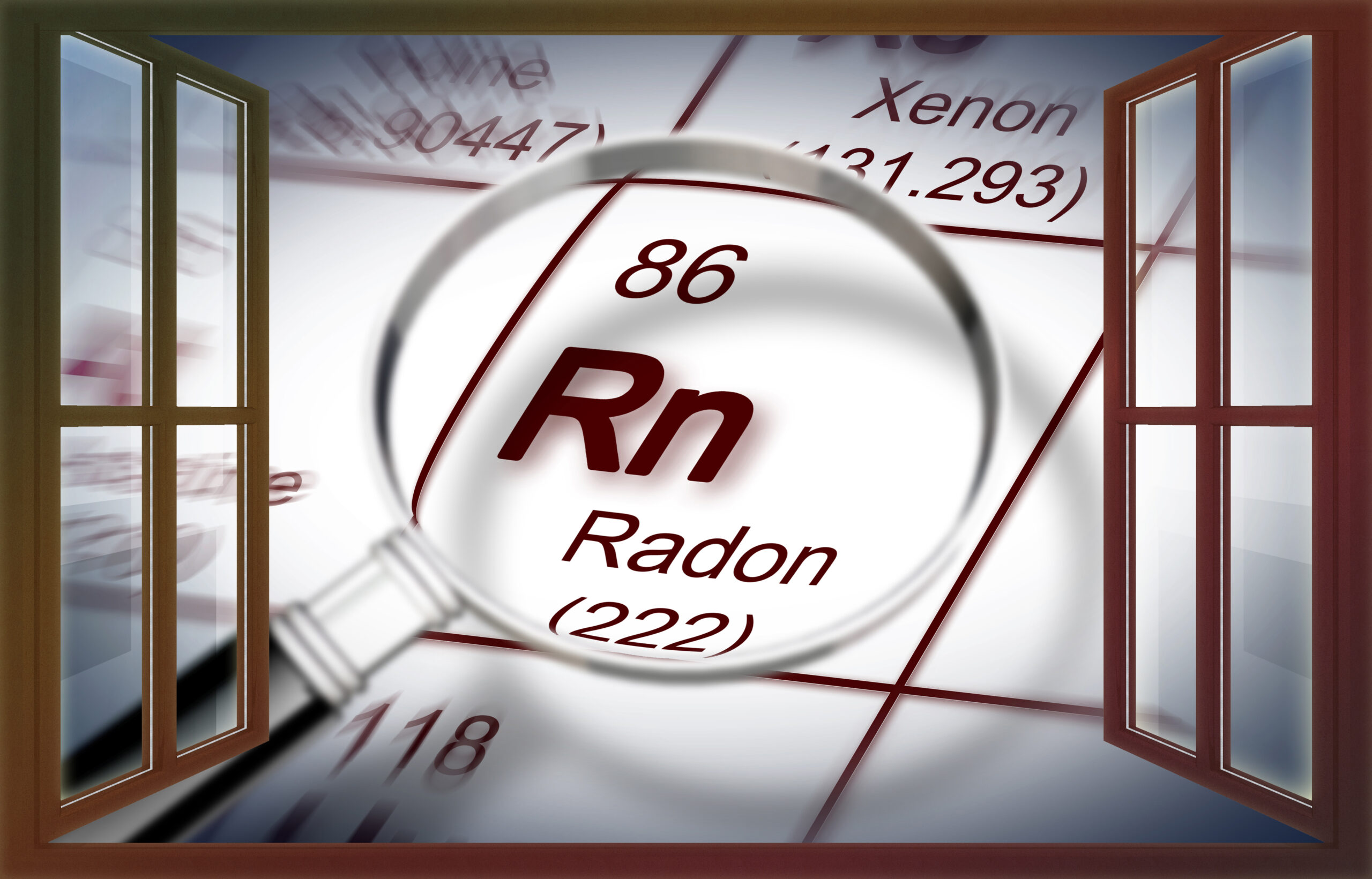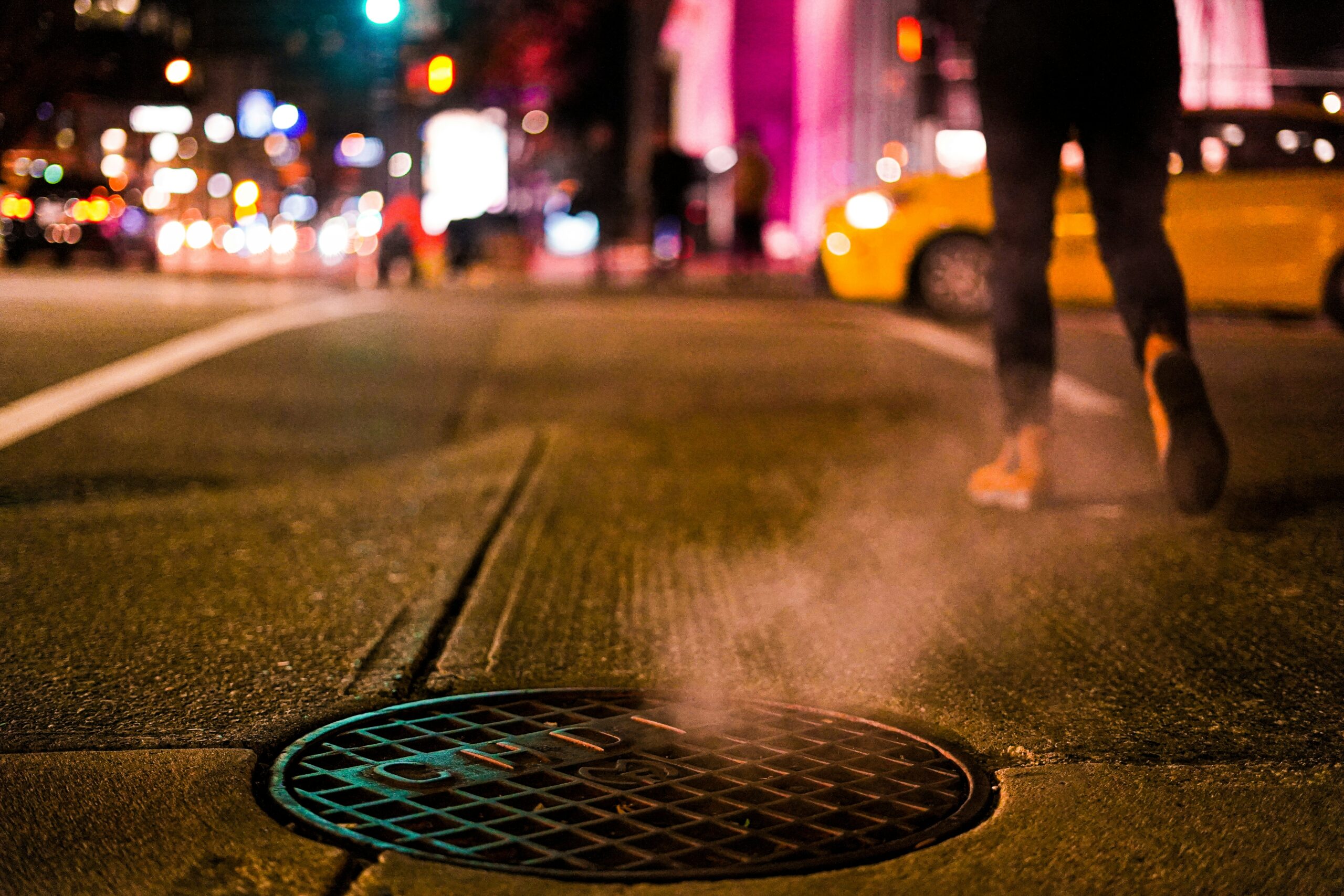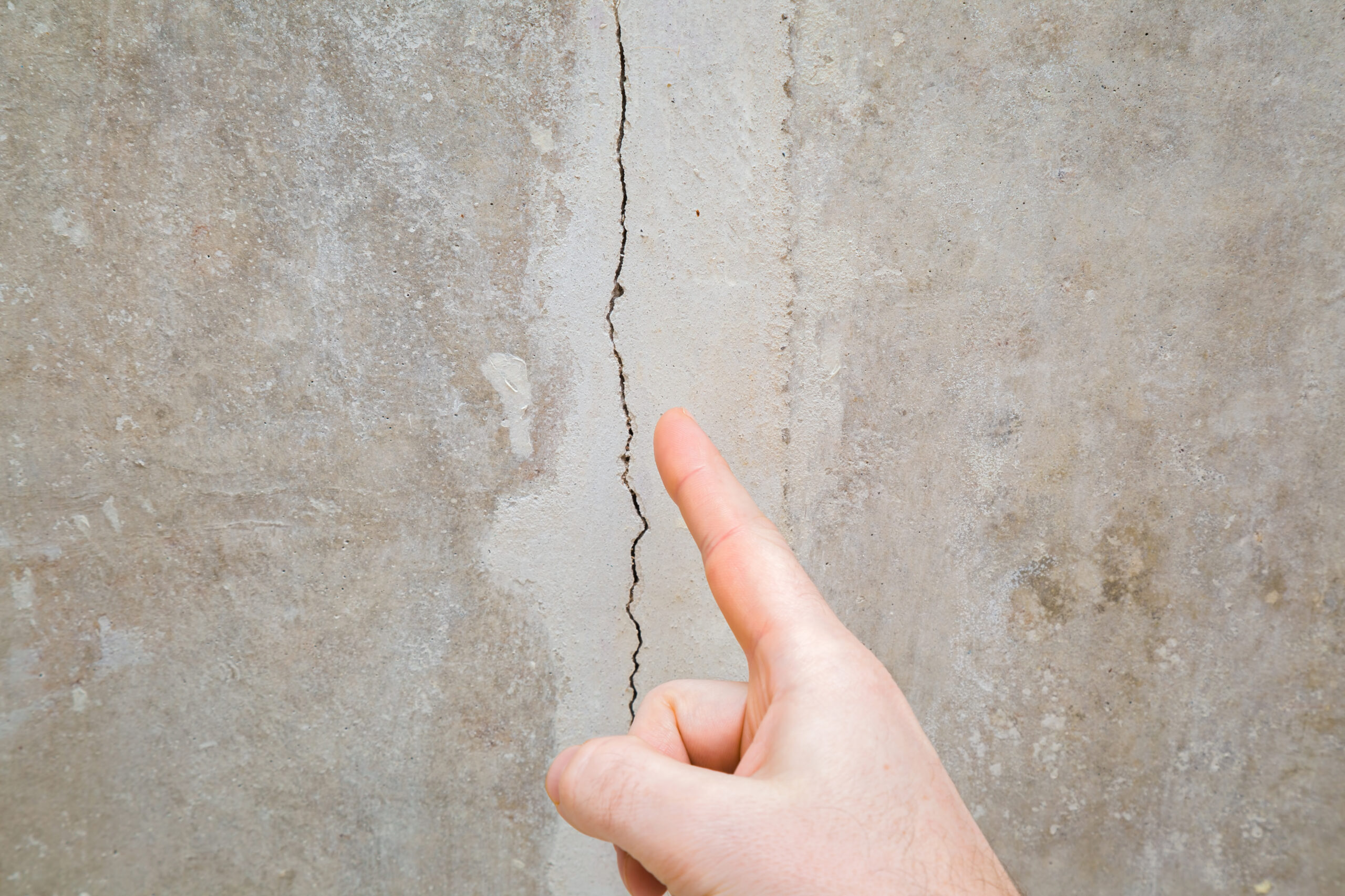Do you need a home inspection for a condominium apartment?
This is a question I get asked a lot. Is it worth getting a home inspection done on a condominium apartment? The short answer is: yes. Don’t just take my word for it, the folks from RATESDOTCA also agree in their Pro Post: Yes, You Do Need a Condo Home Inspection. This usually brings up a number of additional questions: “What could go wrong with a condo apartment in a managed high-rise building?”, or “Isn’t everything maintained by the building?” Since this is something that I get asked often enough, I thought I would provide some clarity on this topic.
What could go wrong with a condo apartment in a managed high-rise building?
A guided tour of your new home’s systems and components
Considering the relatively low cost of a condominium apartment home inspection (we charge only $369, including a detailed narrative illustrated report), the small price you pay for the inspection is almost always considered worthwhile. For one, it’s not just a home inspection, it’s a guided tour of your new home.
We will teach you how to operate, care for, and maintain all the features, devices, and safety systems.
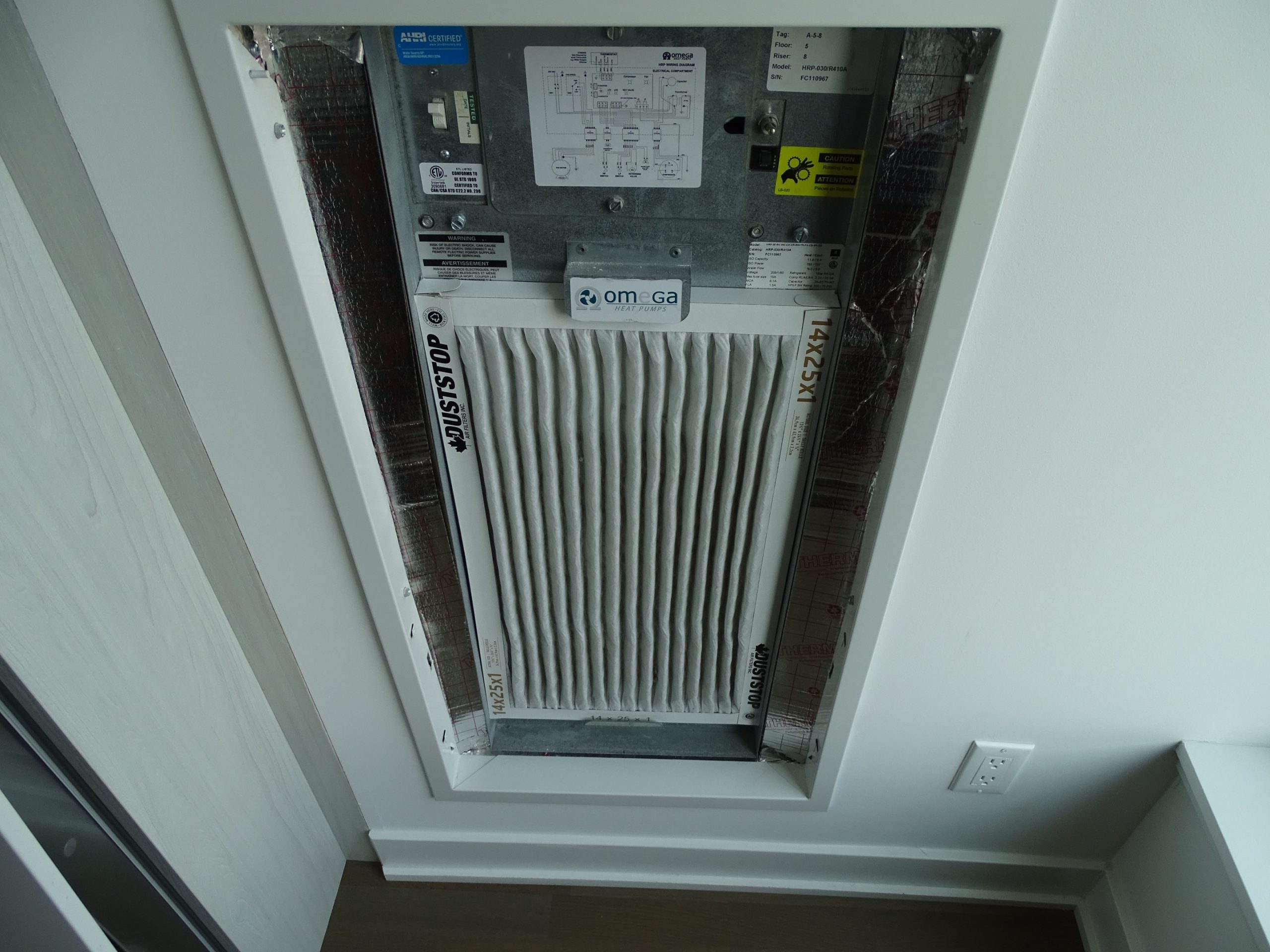
Hydronic Heat Pump
We will show you how to maintain your home's systems
You will have the benefit of a highly experienced home inspector walking you through your unit I will show you how everything works, how to shut the water supply on and off, how to operate the circuit breakers, how to change the filter on your fan coil or hydronic heat pump (heating/cooling system), how to perform regular maintenance for the items within your unit.
Many new condominium home owners are unaware, or possibly confused, over what is managed and maintained by the condominium corporation, and what is the responsibility of the condo unit owner. The Condominium Authority of Ontario has published an informative guide on this topic, clarifying the responsibilities of the condominimum corporation versus those of the condo unit owner. This is explained in detail in their webpage: Repairs and Maintenance. However, the TLDR version is that, under section 89 of the Condo Act, the condo management is responsible for repairing damage to both the common elements and units, and under section 90 of the condo act, unit owners are responsible for maintaining their units (upkeep and repair of normal wear-and-tear damage), and the condo management is responsible for the maintenance of the common elements. Note that, under section 91 of the condo act, condo corporations can alter their obligations for maintenance and repair, therefore we advise our clients to review the condo’s relevant documents and declarations.
A detailed illustrative manual for your new condominium
Of course, it’s not just the inspection, the small fee also includes the condominium apartment inspection report. You will receive a detailed written and illustrated home inspection report, re-explaining all these systems and features, along with annotated photographs to point out where the valves, switches, and devices are located. For example, do you have a dryer in your unit? If so, does it have an inline auxiliary blower? Is it manually controlled or automatic via a humidistat switch? If it’s manually operated, where is the power switch for the blower unit? When/how do you clean the auxiliary lint trap? In the end, you will be a “master of your surroundings”, you will know how to properly operate and care for your new home. Of course, there are many helpful guides on how to maintain your condo, such as Precondo.ca’s Tips for Maintaining a Condo Building – What You Need to Know, but the information you will receive during your inspection and within your condo inspection report will be unique for your specific home, a maintenance guide specifically written for your particular home, and will include helpful and useful information such as the type of wiring, type of plumbing, the age of various equipment… Information you will find helpful when filling out your insurance forms!

Auxiliary Dryer Blower
Failure to understand the operation of certain systems can lead to damaged appliances
The benefit of foreknowledge
Truth be told, the majority of condominium apartment inspections go reasonably well. Of course, I always find a few things wrong, a few problems, a few deficiencies, but generally speaking these tend to be minor issues that are inexpensive to fix, or considered as typical “wear-and-tear” damage. Although the problems tend to be relatively minor, many find it helpful to know about these issues in advance, prior to moving in. You’ll have the benefit of foreknowledge of any items or systems that are damaged or inoperable, as well as any immediate maintenance needs, allowing you to tackle these important tasks before moving in and settling in to your new home. Many find this much more beneficial than discovering these problems later on, after having moved in.

Minor Deficiencies
Minor deficiencies, such as bad caulking, can lead to major problems if left unresolved
By spending a few hundred dollars on a full home inspection, you save yourself the grief of uncovering the various deficiencies with your new home at the most inconvenient times.
Ask yourself this question: Would you prefer to have a complete detailed list of all problems and issues with your home so you can have the seller address them for you, or have a local contractor or handyman correct these problems for you before you move in? Or would you prefer discovering that your tub stopper is leaking just as you’re about to pour yourself a hot bath, or discovering that the outlet for your entertainment system happens to be dead just as you’ve finished assembling and installing your home entertainment system? Trust me, there will be deficiencies. In the 24 years that I have been a full-time home inspector, I can probably count the amount of “perfect” homes on my ten fingers.
Some condominium apartment home inspections reveal serious problems
Although condominium apartment home inspections generally reveal only minor problems, every now and then I come across some serious issues. Not convinced? Ok, maybe a real-world example would help. Let me tell you about the last condominium (high-rise) apartment home inspection I’ve performed, only two weeks ago. It was your typical two bedroom condominium apartment, situated on the 12th floor of a high-rise building. Over the years I’ve inspected several units in this building, and I’ve always found the building to be fairly well managed and maintained by a competent condominium corporation. So, you wouldn’t expect to find too many problems with the apartment itself. I mean, what could go wrong? Right? Well, read on…
It starts with relatively minor issues
So I start in the kitchen… right away I see that the stovetop is a high-radiating type (electric coil), yet there’s no fire protection on the wall adjacent to the stovetop. This is a building code violation, since the paper of the gypsum board wallboard is flammable. Only a low-radiating stovetop, such as a “glass top” or induction type can be used in this situation. Otherwise, the wall must be protected with a fire-rated barrier, such as a ceramic-tiled backsplash, a piece of stainless steel, etc. Ok, this is a common issue, and not a big deal, but it’s still nice to have raised it ahead of time so it can be addressed prior to my client moving in.
Most problems are important to know of before moving in to your condominium apartment.
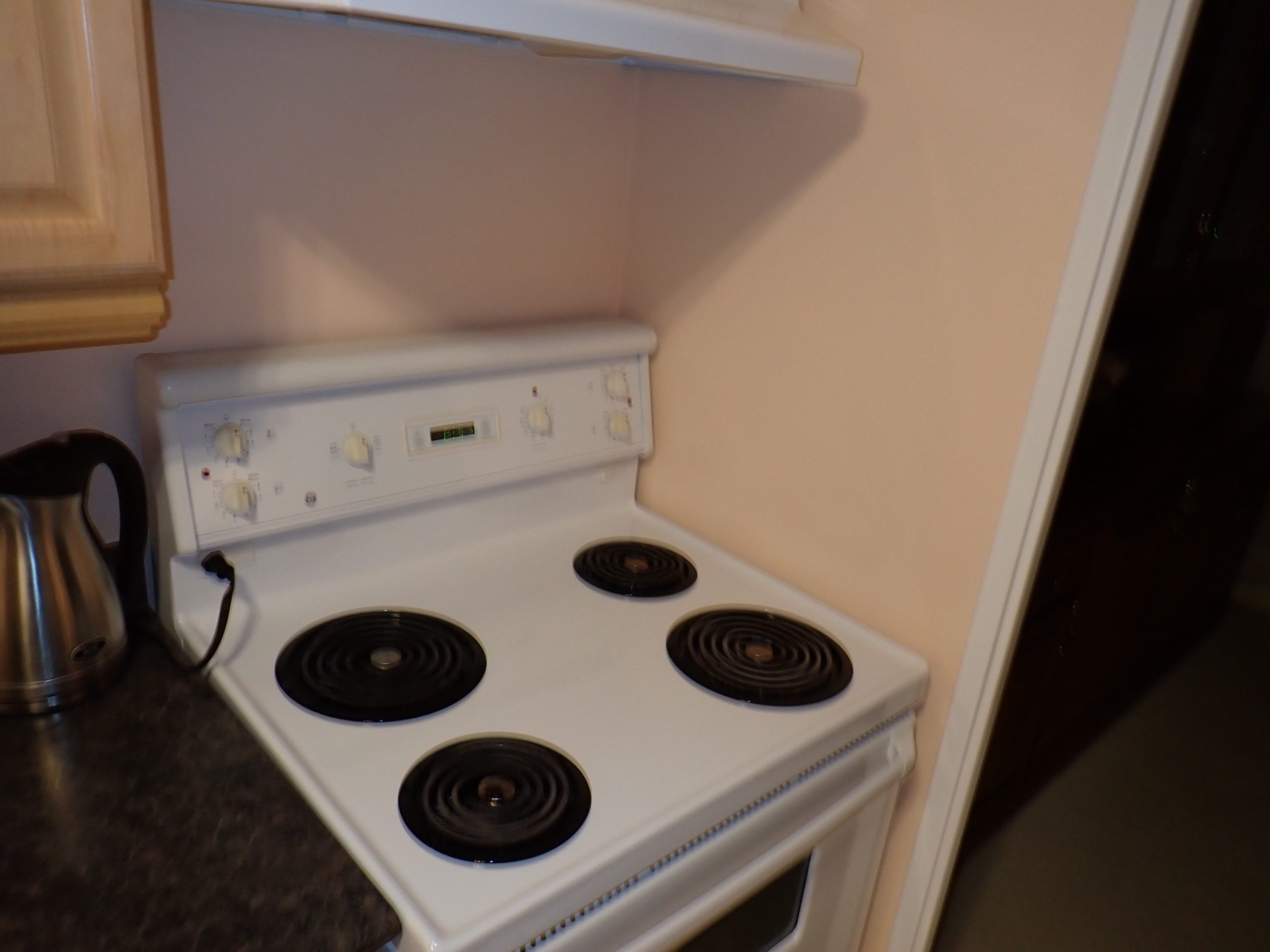
Code Violations
Although a common issue, the use of an electric coil stovetop requires fire protection on the adjacent drywall
Continuing with the kitchen inspection, I then find that the stove hood (range hood, kitchen ventilator) is not ducted, and is also not a recirculating (“charcoal filter”) type of hood. Investigating further, I discovered that the range hood is exhausting into the cabinet above the stove. It wouldn’t take long before the unsuspecting homeowner finds their cabinet full of grease and potential mold or mildew.
Some problems can be more serious
This particular building provides potable cold and hot water as part of the condominium fees. Thus, each unit is served with hot water from the building’s main boilers. The way this building is configured, each unit has two main hot/cold feeds. A pair of hot/cold supply pipes for the kitchen, and a pair of hot/cold supply pipes for the two bathrooms. Thus, there are two sets of main shut-off valves. The kitchen supply valves were completely seized. Just imagine if your kitchen faucet blows a bad leak and water is gushing everywhere, and you suddenly realize you can’t shut the water off!
Just imagine if your kitchen faucet blows a bad leak and water is gushing everywhere, and you suddenly realize you can’t shut the water off!
As for the bathroom supply valves, both were missing their handles! Upon further investigation, I discovered that these valves were also seized, and the handles had subsequently been removed. Again, imagine the bathroom sink is overflowing because the faucet is broken, and you suddenly realize you can’t shut the water off. Or what about this scenario… You hire a plumber to install a new faucet. He’s there, ready to install it, only to realize that he can’t shut the water off. Your plumbing bill just quadrupled since it went from a simple faucet replacement to replacement of the main valves.
Your plumbing bill just quadrupled since it went from a simple faucet replacement to replacement of the main valves.
Not only that, but this will require the building management to shut the mains to this unit remotely, to permit the replacement of the apartment’s main valves, which usually requires an appointment. So you paid for the plumber to come, and he can’t do anything, and now you’ll have to pay him again to come back when the building has shut the water off.
Even condominium apartments can have serious electrical problems
I knew from experience, and by the age of the building, that this building has aluminum wiring. To those of you who don’t know, aluminum wiring can be a significant problem when trying to obtain homeowner insurance, even for a condominium apartment. This is for a variety of reasons ranging from galvanic corrosion, oxidation (aluminum oxyde), increased resistance due to wire damage, etc. The International Association Certified Home Inspectors has a great article on the problems related to aluminum wiring, called Inspecting Aluminum Wiring, written by Nick Gromicko and Kenton Shepard. Suspecting aluminum wiring, I pull some receptacle wall plates to check for pig-tailing, and sure enough, no copper pig-tailing has been performed. Although it’s a relatively small job, you’re still looking at a minimum of $1,000 to have an electrician come in and perform the copper pig-tailing, which will be required by the insurance company.
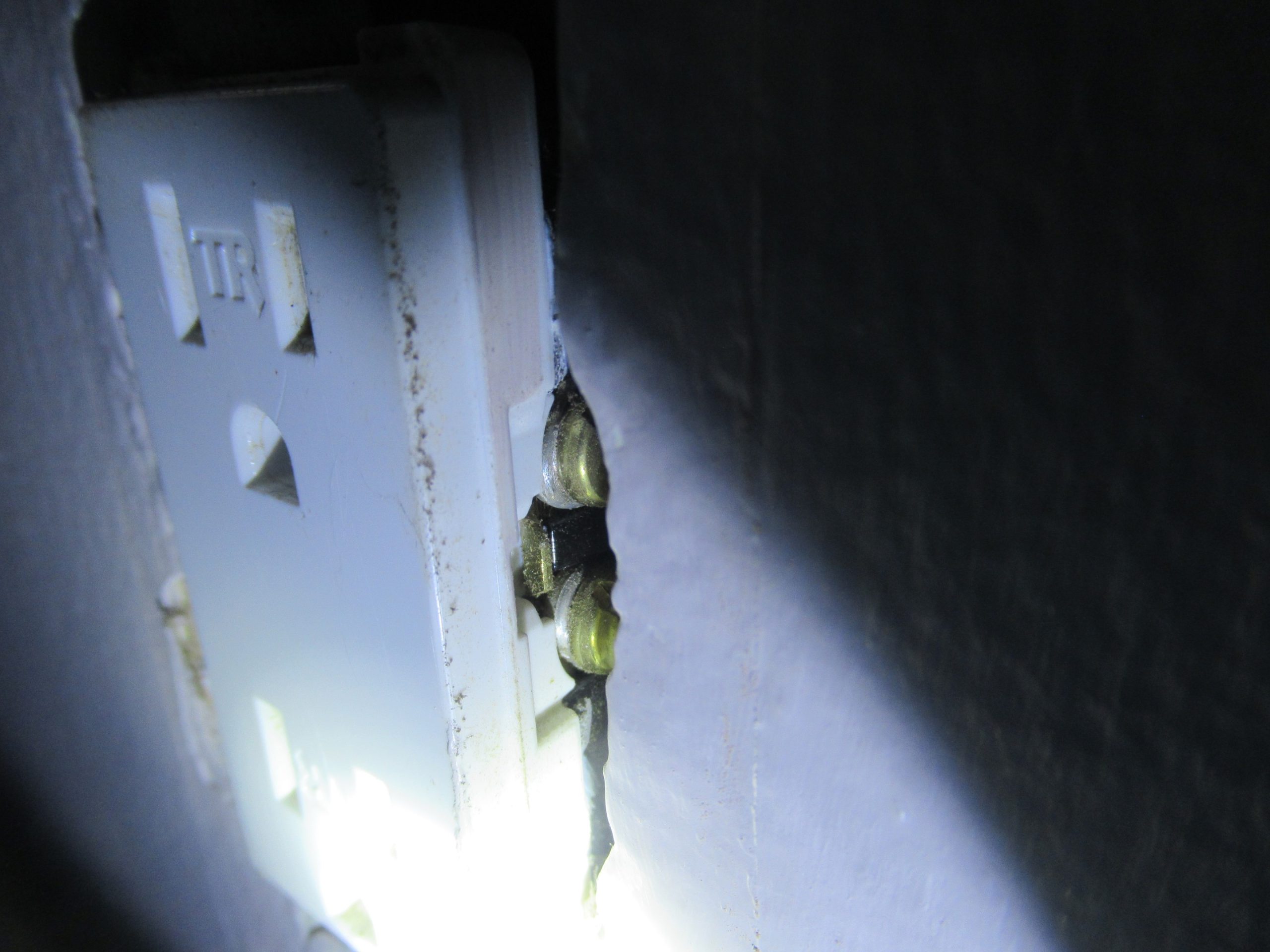
Aluminum Wiring
Without knowing that the aluminum wiring hasn't yet been pig-tailed, you'll be faced with an expensive electrician bill prior to obtaining home insurance.
You’re still looking at a minimum of $1,000 to have an electrician come in and perform the copper pig-tailing.
Without a home inspection, you would’ve been unaware and are now faced with paying this bill yourself when it could have been taken care of by the vendor, or the costs could have been deducted from the purchase price.
Home inspectors may find major hidden water damage
Looking at the main bathroom, I suddenly notice some minor paint damage to the ceiling above the shower enclosure. The damage looks like normal humidity damage, and my inspection had already revealed that the bathroom fan no longer functions adequately, so this damage would be expected due to trapped steam during long showers. However, I pull out my moisture meter, a General Tools® MMD950, and suddenly the instrument’s alarms go off, revealing a 99.9% (“off the scale”) relative moisture reading. I scan the entire lower ceiling above the shower enclosure, only to find that 3/4 of the lowered ceiling section is completely saturated!
3/4 of the lowered ceiling section above the tub/shower enclosure is completely saturated!
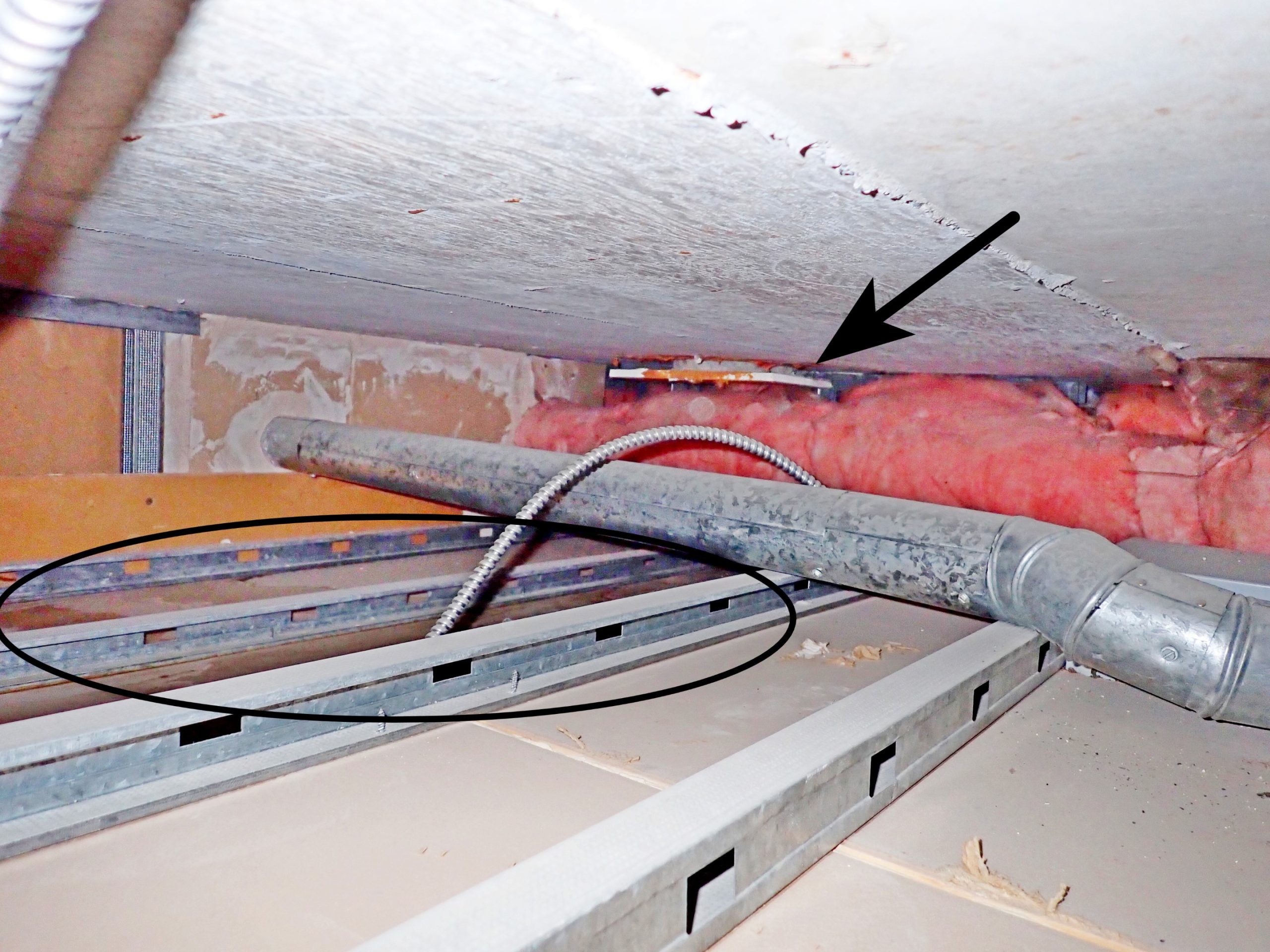
Major Water Damage
Without a home inspection, this damage might have gone unnoticed until the collapse of the drywall ceiling
Since the water is pooling on top of the ceiling, within the cavity between the ceiling and the reinforced concrete slab above, there would have been no way to know that the problem was there if I hadn’t checked with the moisture meter. As luck may have it, this building was undergoing a major fire alarm retrofit. This is a necessary part of maintaining a large condominium building, particularly an older building whose existing system may be outdated and/or no longer meets present regulatory requirement. Martin Coles wrote an informative article on this very topic: Undertaking fire alarm retrofits in older buildings. The retrofit work had included the opening of a portion of the wall adjacent to the bathroom’s lowered ceiling to run some armored electrical cabling, where I was able to feed my borescope camera. The recorded video footage was examined as part of our photographic/video analysis process, an important part of our Quality Assurance protocols. The analysis revealed that the building’s main sanitary (sewage) stack had corroded and was leaking onto the ceiling. Now yes, this is the building’s responsibility, but just imagine that you’re sitting there, relaxed, soaking in a hot bath, and suddenly the entire ceiling collapses on you, soaked drywall, mold, sewage, and all!
Just imagine that you’re sitting there, relaxed, soaking in a hot bath, and suddenly the entire ceiling collapses on you, soaked drywall, mold, sewage, and all!
Some repair work can severely disrupt home life
The problems kept appearing during this condominium apartment home inspection. After having thoroughly explained the problem with the bathroom ceiling, and assured my client that it will be fully documented in detail for the condominium management to fix the leak, replace the ceiling, and re-paint the bathroom before she moves in, I then moved in with the inspection of the doors and windows. In the master bedroom, I immediately noticed some minor cosmetic damage to the drywall tape in one corner, where the interior partition wall meets the exterior wall, right next to the one of the bedroom windows. This damage could easily have been misdiagnosed as normal drywall expansion and contraction. However, my experience and engineering background tells me that this wouldn’t occur in this building, due to its steel wall studding and reinforced concrete structure. I therefore pull out my trusty moisture meter, and discover slightly elevated moisture readings in the drywall, from the bottom corner of the window frame down to the baseboard molding. As the windows had recently been replaced, I suspected that this window may be leaking due to an installation error. Further diagnostics, including a scan with my high-resolution thermographic (infrared) camera, revealed that the leak is originating from the upper corner of the window frame.
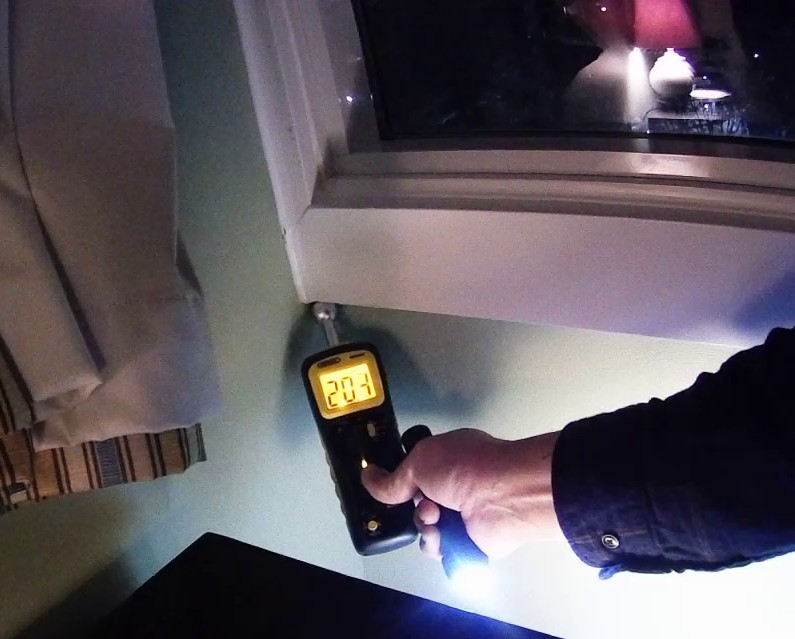
Hidden Window Leak
Although covered by the condo, this repair would significantly disrupt home life since the entire frame has to be removed from inside the bedroom.
A scan with my high-resolution thermographic (infrared) camera, revealed that the leak is originating from the upper corner of the window frame.
As I had already predicted, the problem is related to a problem with the head flashing, also known as drip capping, of this new window. In my experience, flashing deficiencies are the most common cause of window leaks. Most would think of caulking, but a properly installed window should have a thorough flashing system to prevent secondary rain barrier penetration. BuildingAdvisor.com has a great article on window flashing: Window Flashing Details. Now, you’re thinking, “this is the condo’s responsibility, isn’t it?”. Yes, you’re correct. However, due to the height above ground, and the complexity of flashing retrofits in a concrete high-rise building, the window will have to be completely removed from the interior in order to correct the flashing and stop any further leakage. This is a big, and dirty job. Imagine having this done while you’ve just finished setting up your bedroom, with its new furnishings and beddings. Not to mention the inconvenience of having a team of contractors in your new apartment for several days.

Intrusive Repairs
A home inspection can detect problems which require repairs that are best performed prior to moving in.
The benefits of a condominium apartment home inspection
Having a condominium apartment home inspection performed by an experienced professional home inspector will provide you with many benefits, that most find far outweigh the relatively small cost of the home inspection service. These benefits include the following and more:

Peace of Mind
A condominium apartment inspection will leave you with peace of mind that you won't uncover hidden problems.
Whether big or small, knowing about the problems in advance is beneficial
Just like townhomes or detached homes, condominium apartments almost always have their issues, problems, deficiencies, and immediate maintenance needs. The majority of condo apartments only reveal minor deficiencies and maintenance issues. However, we’ve learned that there’s always the chance that your newly purchased condo may hide more serious problems. Even if all the problems are relatively minor, would you rather know about them in advance instead of having to deal with them when you’re stressed with moving in and getting established in your new home?
External References
- RATESDOTCA – Yes, You Do Need a Condo Home Inspection
- Condominium Authority of Ontario – Repairs and Maintenance
- Ontario.ca – Ontario Condominium Act
- Precondo.ca – Tips for Maintaining a Condo Building – What You Need to Know
- Internachi – Inspecting Aluminum Wiring
- General Tools MMD950 Moisture Meter
- The REMI Network – Undertaking Fire Alarm Retrofits in Older Buildings
- BuildingAdvisor.com – Window Flashing Details



